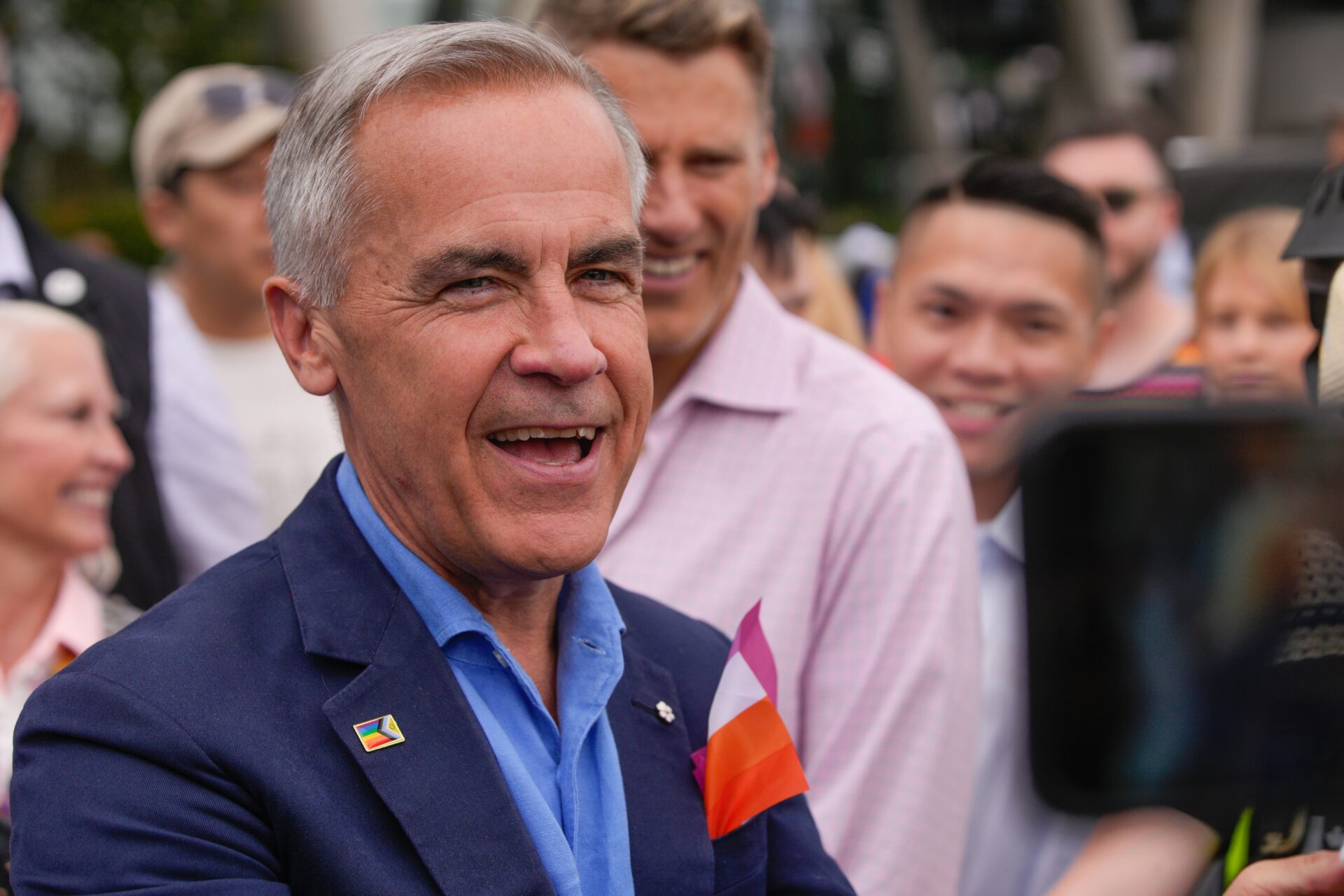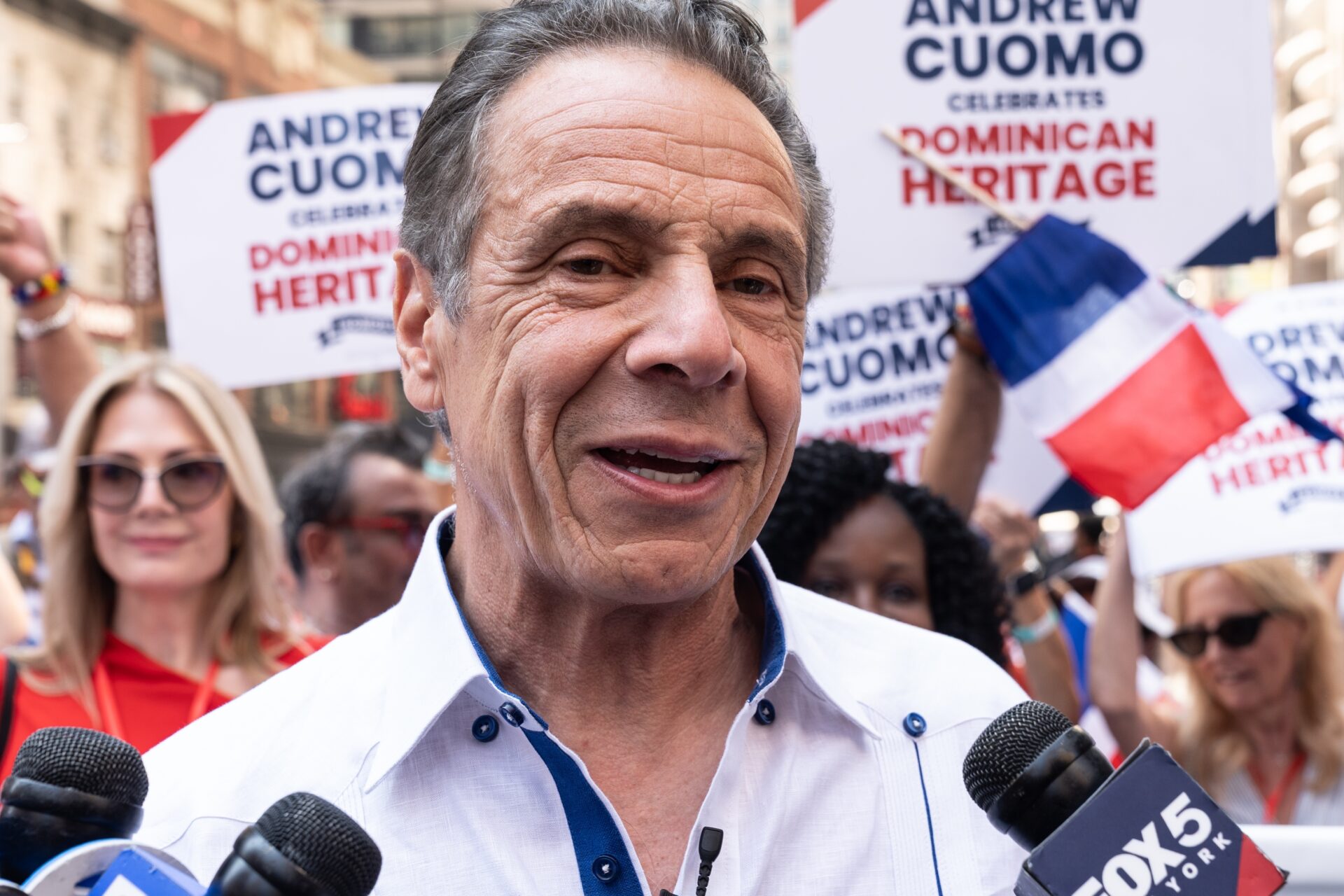
When White House Décor DERAILED Democracy!
Martin Van Buren’s lavish White House elegance became a political liability, tarnishing his populist appeal and contributing directly to his defeat for re‑election in 1840.
At a Glance
- The “Gold Spoon Oration,” delivered in 1840, accused Van Buren of living in regal extravagance at public expense.
- Despite denials, the oration was widely distributed by Whigs and used to damage Van Buren’s image.
- The White House was described as housing foreign luxuries like Turkish divans and Belgian carpets.
- The political narrative contrasted Van Buren’s opulence with William Henry Harrison’s humble frontier persona.
- Van Buren lost re‑election in a landslide, partly due to public outrage over perceived excess.
Gilded Blame: Ogle’s “Gold Spoon” Barrage
In April 1840, Representative Charles Ogle of Pennsylvania delivered a three-day tirade on the House floor attacking the eighth president’s spending habits. The speech, quickly dubbed the “Gold Spoon Oration,” lambasted Martin Van Buren’s allegedly luxurious lifestyle at the White House. Ogle painted vivid scenes of French settees, Turkish divans, Belgian carpets, and even “Fanny Kemble green finger cups,” insisting the president’s tastes offended the frugality expected in a republic.
Ogle’s claims were not entirely accurate. Many of the furnishings he described were either inherited from prior administrations or paid for personally by Van Buren. Official records confirmed no gold flatware had been purchased. But the facts mattered little: the speech was printed, circulated, and weaponized by Whigs seeking to recast Van Buren as an out-of-touch elitist.
Watch now: Reporter’s Notebook: Trump’s White House Ballroom and Van Buren Parallel
From Populist to Palace Dandy
Ogle’s oration came at a time when Americans were still recovering from the Panic of 1837. Voters facing financial hardship proved receptive to any image of extravagance in high office. The contrast between Van Buren’s supposed opulence and the log cabin, hard-cider branding of Whig nominee William Henry Harrison was politically devastating.
The Whigs distributed the speech in newspapers, pamphlets, and campaign materials. They emphasized Van Buren’s “effeminacy” and aristocratic tastes, declaring him unfit for a nation founded on simplicity and democratic virtue. Harrison, though himself from a wealthy background, was portrayed as a rugged everyman. It worked: voter turnout surged, and Van Buren suffered a crushing electoral defeat.
Echoes in Modern Makeovers
The resonance of Ogle’s 19th-century performance lives on. Recent White House renovations under a second Trump administration—complete with gilded frames, “Cadbury bunny” cherubs, and a proposed 90,000-square-foot ballroom—have drawn aesthetic and political rebuke. As in Van Buren’s day, critics argue that such displays clash with claims of fiscal discipline.
Trump has dismissed the criticism, citing private funding for the renovations, but the optics may still hold weight. History shows that the perception of extravagance in the presidency—fair or not—can become a potent campaign issue, especially when paired with economic hardship.
Sources
National Park Service
American Heritage
Wikipedia


